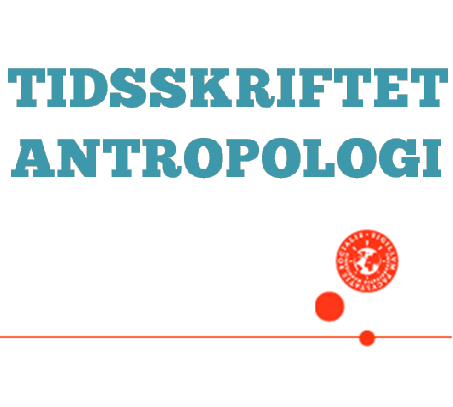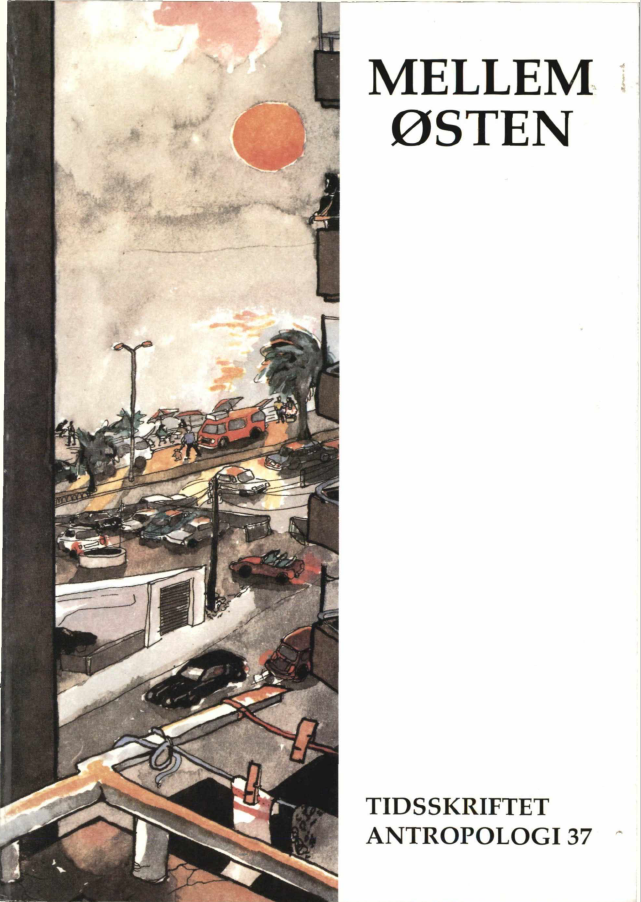„VI ISLAMISTER.. Distinktion og drama i islamisk aktivisme
DOI:
https://doi.org/10.7146/ta.v0i37.115249Resumé
Connie Carøe Christiansen: “We,
Islamists”. Distinetion and Drama in
Islamic Activism
In the town of Fes the Islamic activists have
now accepted Islamist as a term of selfdesignation.
In the continuous drama of a
rivalry between comrades and Islamists at
the university campus, the Islamists are
recreating themselves as Islamists. This
struggle, as well as other activities of the
Islamists, is reinforcing an objectifying
approach to the world. The social space of
the university is a polarized space where
both political groups are trying to obtain
visibility by various activities on the
campus, which in a sense can be regarded as
a stage. Their offer of a political standpoint,
however, is often rejected and the vast
majority of the Moroccan youth present
themselves as uninterested in politics. They
are in reality exeluded from formal political
participation. The ability to objectify may
act as support for the ascendent middle class
in Morocco where politics has been tumed
into an activity for elite families which are
allied with the powerful king, Hassan II. At
the university, however, political organizing
is something that is quite easily accomplished,
but at the same time it is monitored
and controlled by the police. The political
activities of the university students,
therefore, have little real effeet, which only
adds to the impression of them as
exaggerated, as if having a melodramatic
character. The Islamist, female students are
not involved in the physical confrontations
between comrades and brothers. Rather,
necessitated by stereotype ideas on the
Muslim woman as dumb and duil, they are
engaged in a struggle of distinction. In this
struggle they are implicitly distancing
themselves from their “ordinary Muslim”
sisters, the uneducated Muslim woman and
the female students who let the religion play
a minor part in their lives. This also involves
objectifying processes. The Islamist women
place impetus on the hijab but have also
realized that this device does not suffice as a
signal of commitment to the Islamist cause,
because anybody can wear a hijab, calling
for evemew devices of distinction. At doser
look, the Islamists may have more in
common with their secularist rivals than
might be expected if one judges from the
dramatic rivalry at the university. The
women at least seem to be more concemed
with distancing themselves from the
ordinary Muslim woman, in order to make it
possible to be recognized as being, at one
and the same time, a woman, a Muslim, and
an intellectual.
Downloads
Publiceret
Citation/Eksport
Nummer
Sektion
Licens
Ophavsretten til artiklerne i Tidsskriftet Antropologi tilfalder forfatteren.
Artikler publiceret i Tidsskriftet Antropologi må citeres, downloades og videresendes for ikke-kommerciel brug, under forudsætning af normal akademisk reference til forfatter(e) samt tidsskrift, årgang, nummer og sider. Artiklerne må kun genudgives med eksplicit tilladelse fra forfatter(e) og tidsskriftet.


